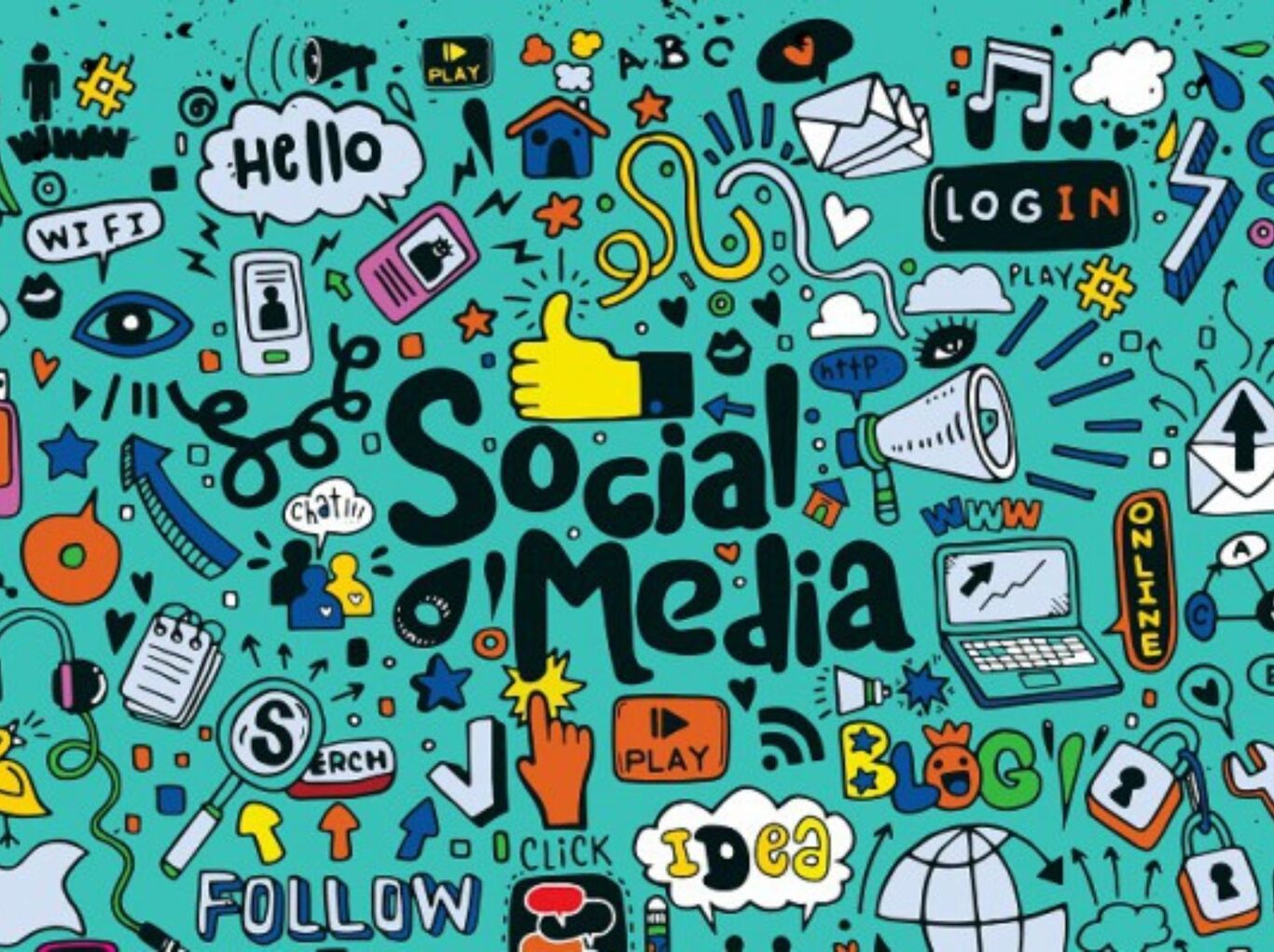How Humor in Content Marketing Boosts Community Engagement

Content marketing is all about grabbing your audience's attention. Tons of brands are fighting for the spotlight. How can you stand out?
Adding some jokes and lightheartedness to your company's content can create a sense of community. It boosts engagement and builds loyalty with your audience.
We've seen how powerful humor can be here at GrowthJockey. Corporate content often gets greater engagement than serious, straightforward posts.
In this blog, we'll dive into the psychology behind why humor works so well for marketing. We'll show you examples of brands nailing it with humorous content. We'll give you actionable tips to add humor to your own company's communications.
Power of Humor in Content Marketing
Why should humor be part of your content marketing plan? To build relatability and trust. To understand why humor is so powerful in content marketing, let's look at the psychology and social factors.
Funny content grabs attention, sparks positive emotions, and sticks in people's minds. Laughter activates the brain's reward centers, releasing feel-good chemicals like dopamine and endorphins.
Humor also creates a shared experience between the brand and its audience. When done right, corporate humor can:
-
Humanise your brand, showing its personality and values
-
Set your content apart from competitors' more serious marketing
-
Encourage social sharing, expanding your reach and visibility
-
Build positive associations and emotional connections with your brand
The "Dumb Ways to Die[1]" campaign by Metro Trains Melbourne is a great example. It used cute characters and dark, unexpected humor about train safety. The campaign went viral with over 180 million YouTube views.
Building a Community Through Humor: Building Relatability and Trust
One of the biggest perks of humor in your content growth strategy is building a sense of community around your brand. Sharing a laugh with your audience over a corporate life meme creates a shared experience, strengthening emotional bonds and building trust. Humor often relies on relatable situations, challenges, or observations that people understand.
For example, take Wendy's wildly successful social media presence. They're known for sassy, quick-witted tweets that playfully roast competitors and poke fun at industry tropes.
By using humor that resonates with their target audience, Wendy's has built a fiercely loyal online community. Their relatability and authenticity keep fans coming back for more.
Strategies for Using Humor in Corporate Content
Including humor in your content might initially seem challenging. The key is finding a humor style that fits your brand voice and connects with your target audience.
Here are some tips to keep in mind:
-
Know your audience: Do a bit of research. Try to figure out what type of humor would strike a chord with your audience.
-
Stay true to your brand voice: Make sure your funny content feels authentic and matches your overall brand personality.
-
Use self-deprecating humour: Gently poking fun at yourself or your industry can show humility and relatability.
-
Jump on current events and trends: Adding timely, relevant humor can make your content feel fresh and engaging.
-
Strike the right balance: Use humor strategically and sparingly so it doesn't overwhelm your audience or take away from your main message.
Meme Marketing
Meme marketing has taken the digital world by storm. It offers a unique way to connect with audiences emotionally. By tapping into shared experiences, emotions, and cultural touchpoints, memes create relatability and community.
The visual nature of memes is perfect for social media. They allow brands to convey complex ideas simply. Memes stand out in the endless sea of content.
Successful meme marketing requires more than following trends. It is essential to blend your brand voice with popular memes, ensuring the content resonates with your target audience.
When done right, meme marketing allows brands to cut through the noise and be memorable.
Measuring the Impact of Humor on Engagement and Community
To measure how well your funny content marketing is working, you need to track key performance indicators (KPIs) and analyse your results. Here are some important metrics to consider:
-
Engagement rates: Track likes, comments, shares, and other interactions to see how your humorous content performs compared to serious posts.
-
Community growth: Watch follower counts, subscriber numbers, and other signs of community size and loyalty.
-
Feedback channels: Check comments, DMs, emails, and other direct feedback from your audience to see how they perceive and respond to your funny content.
Review these metrics regularly and make data-driven changes to your content strategy. This will help you optimise your use of humour for maximum impact.
Feel free to try out different types of humorous content, like memes, puns, or satirical takes on industry trends. See what resonates best with your audience.
Conclusion
At GrowthJockey, we've seen firsthand how transformative humor can be. Adding humor isn't just about cracking jokes or hopping on meme trends. It's about experimenting, implementing and adapting to the latest trends based on results.
While you create any content for your brand, remember the goal isn't just to laugh. It's making your audience feel seen, understood, and valued. It's creating a sense of community beyond a single post.
So, accept the quirks that make your brand human and relatable. By following the strategies in mentioned above and creating content that resonates intellectually and emotionally, you can enhance your brand value.
Frequently Asked Question
1. What are some common pitfalls to avoid when using humor in content marketing?
Be careful with cultural sensitivities and avoid humor that could be offensive, controversial, or divisive. Always make sure your funny content aligns with your brand values and voice. Don't force humor where it doesn't fit naturally.
2. How can small businesses with limited resources effectively use humor in their marketing?
Use social media to share relatable, humorous content that resonates with your target audience. Engage in playful banter with followers, join in on trending meme formats, and don't be afraid to poke a little fun at yourself or your industry.
3. Can humor in content marketing work for more 'serious' industries?
Even serious industries like finance, healthcare, or legal services can benefit from a lighthearted touch. The key is finding a humor style that feels appropriate, tasteful, and authentic to your brand.
4. What tools can help in craft humorous content that resonates with a wide audience?
Social listening tools like Hootsuite, Sprout Social, or Buzzsumo can help you stay on top of trending topics, popular memes, and humorous content that's performing well in your industry. Content curation platforms like Feedly or Flipboard can also spark creative ideas.
5. How do I know if my humorous content is well-received?
Watch your engagement metrics closely, especially likes, comments, shares, and other signs of audience interaction. Check your direct feedback channels, like comments, DMs, or emails, for specific mentions of your humorous content. You can also run surveys or polls to gather targeted feedback from your audience and gauge their response to your brand's funny side.








